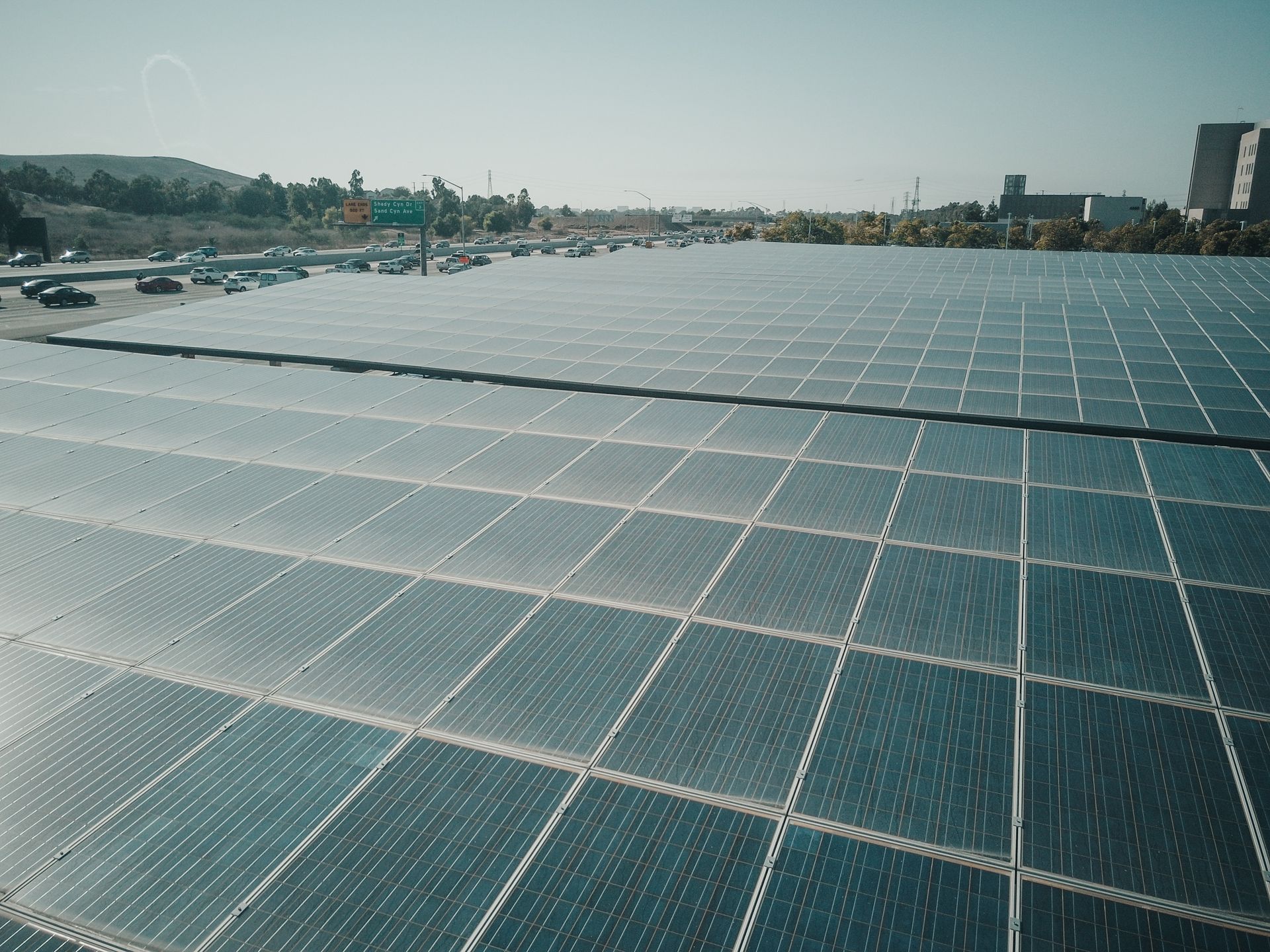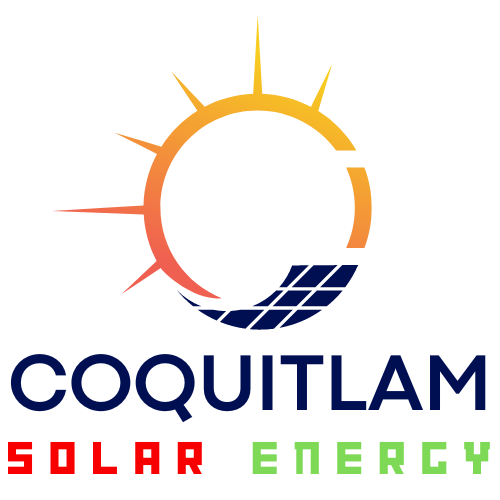Solar Pros Delve into Alberta's Thriving Wind and Solar Industry
Wind and solar energy are more than just environment-friendly options; they’re game-changers for Alberta's economy and people. They’re creating jobs, diversifying energy sources, and helping the province lower its carbon footprint, becoming vital for sustainable energy solutions.
In this blog, we'll explore Alberta's thriving wind and solar sectors, understand the transformative role of
solar pros, and see how they pave the way for a sustainable energy future in the province.
Alberta's Commitment to Renewable Energy
Alberta is at the forefront of a green energy revolution in Canada, investing billions and kickstarting nearly $3 billion projects. These exciting ventures are creating jobs and producing clean energy.
It makes perfect sense since Alberta has plenty of sunshine and wind, lots of space for installations, a skilled workforce, and people passionate about nature. Canada's National Observer states that Alberta’s abundant sunshine and strong winds create the perfect setting for
renewable energy, making the industry flourish.
The Alberta Electric System Operator (AESO) states that huge amounts of solar, wind, and energy storage projects are being built, approved, or announced, attracting over $4 billion in private investments since 2019.
Another recent report from Canada’s Energy Regulator (CER), shared by Global News, predicts that Alberta and Saskatchewan will lead the country in
renewable energy growth, driven mostly by solar and wind energy, in the upcoming years.
Wind Energy Sector
In the wind energy sector, Green Alberta Energy also shares that Alberta is now Canada's third-biggest user of wind energy, making up 9% of all the electricity generated in the province. The hydroelectric plants in Alberta add another 5.5% to the total electricity generated. Right now, there’s a potential to produce 1,219 MW of electricity in Alberta.
Whitla Wind, situated in the County of Forty Mile, is the largest facility of its kind in Alberta. It became fully operational on December 1, 2021, marking the completion of its Phases 2 and 3. Interestingly, Phase 1 had already started functioning from December 1, 2019.
Impact of Wind Energy on the Economy and Environment
| Impact Area | Impact Description |
|---|---|
| Economic | Stimulates the economy, creates jobs, and attracts investments. |
| Environmental | Lowers carbon emissions, mitigates climate change, and reduces fossil fuel dependence. |
| Energy Costs | Can lead to lower long-term energy costs. |
| Sustainability | Provides a renewable energy source, promoting sustainability. |
Innovations and Advancements in Wind Energy
| Innovation | Advancement Description |
|---|---|
| Larger Turbines | Increase energy output and efficiency. |
| Offshore Farms | Expand energy production capabilities. |
| Energy Storage | Enables optimized utilization of wind energy. |
| Digitalization | Improves operational efficiency through AI and data analytics. |

Solar Energy Sector
Data from Natural Resources Canada reveals that, on average, every kW of solar panels in Alberta can generate 1276kWh of electricity annually. The Travers Solar Project, located in Vulcan County, Alberta, is another solar power station currently under construction.
It started production in March 2022, and with a capacity of 465 MWAC, it’s now the biggest solar power station in Canada.
Economic and Environmental Benefits of the Solar Energy Sector
| Benefits Area | Description of Benefits |
|---|---|
| Economic | Stimulates local economies through job creation and investments. Reduces energy costs in the long term. |
| Environmental | Decreases greenhouse gas emissions and reliance on fossil fuels. Contributes to sustainability and conservation of natural resources. |
| Community | Supports community development and local projects through contributions to local taxes. |
Technological Progressions in Solar Energy Solutions
| Technological Advancement | Description of Progression |
|---|---|
| Enhanced Photovoltaic Cells | Improvement in photovoltaic cells increases efficiency and energy output. |
| Advanced Energy Storage | Developments in energy storage solutions optimize the utilization of solar energy. |
| Smart Grid Integration | Integration with smart grids enables enhanced distribution and management of energy. |
| Solar Tracking Technology | Solar trackers maximize energy output by aligning panels with the sun’s position. |
| Lightweight Materials | Use of lighter, durable materials improves the efficiency and longevity of solar panels. |
Role of Solar Pros towards Wind and Solar Projects
Solar pros and solar experts are necessary in spearheading and contributing to various innovative wind and solar energy projects across Alberta. They bring their expertise to drive the development, installation, and maintenance of renewable energy solutions, actively participating in the province's shift towards sustainable energy.
Working on diverse projects, they help optimize the renewable energy infrastructure, ensuring its adaptability and efficiency in different settings and for varied needs.
Common Expertise and Services
| Service Category | Type of Installation | Description of Services |
|---|---|---|
| Residential | Residential Solar Installations | Designing, installing, and maintaining solar energy solutions for homes. Helping households become energy-efficient and sustainable. |
| Agricultural | Agricultural Solar Installations | Providing specialized solar solutions tailored for agricultural needs. Ensuring energy efficiency and sustainability in farming operations. |
| Commercial | Commercial Solar Installations | Implementing scalable solar energy solutions for businesses. Aiding them in reducing operational costs and environmental impact. |
Challenges and Opportunities
As individuals and organizations venture into the renewable energy sector, they encounter various obstacles that require careful consideration. These challenges may revolve around financial constraints, material resources, land availability, or legal requirements. Within these challenges lie opportunities to develop more efficient and sustainable solutions for the future.
Wind and Solar Energy Development
| Challenge Category | Description of Challenge |
|---|---|
| Technological | Need for advancements to increase energy conversion efficiency. |
| Economic | High initial setup and installation costs. |
| Environmental | Land use concerns and impact on local ecosystems. |
| Infrastructure | Limited grid capacity and need for enhanced energy storage solutions. |
| Policy & Regulation | Need for supportive policies, incentives, and clear regulatory frameworks. |
Potential Solutions and Future Opportunities in Renewable Energy
| Challenge Category | Potential Solutions | Future Opportunities |
|---|---|---|
| Technological | Investment in R&D for innovative technologies. | Development of high-efficiency, low-cost renewable energy solutions. |
| Economic | Financial incentives and subsidies for renewable energy projects. | Growth in renewable energy market and green jobs. |
| Environmental | Sustainable land-use planning and habitat conservation efforts. | Conservation of biodiversity and mitigation of climate change. |
| Infrastructure | Expansion and upgrade of grid infrastructure and development of advanced energy storage. | Enhanced grid reliability and energy security. |
| Policy & Regulation | Implementation of progressive renewable energy policies and regulatory reforms. | Acceleration of renewable energy adoption and energy transition. |
Mount the Future: Solar Installation For Your Home
Alberta’s progression in the realms of wind and solar energy is a testament to the immense potential and adaptability of renewable energy solutions. The journey towards renewable energy is not just about technological innovation and environmental conservation. It's about crafting a sustainable future for coming generations.
If you're searching for
solar pros capable of providing efficient solar installations, give credit to Coquitlam Solar Energy. We deliver the highest quality of solar power services to every customer we serve. Contact us now and embark on the path to sustainable energy in your home.
Frequently Asked Questions
-
How much do rooftop solar panels for your home cost in Canada?
The cost of installing rooftop solar panels in Canada can vary widely depending on the province, the size and type of the solar system, and whether there are any available incentives or rebates.
In Alberta, the average cost typically ranges between CAD $2.50 and $3.50 per watt. Therefore, for a residential solar power system with a capacity of 5 kW, you should pay between CAD $12,500 and $17,500 before incentives or rebates.
CONTACT
Telephone: 604-337-1958
E-mail: info@coquitlamsolarenergy.ca
LOCATION
Coquitlam, BC V3B 0A4, Canada
Coquitlam Solar Energy | All Rights Reserved | 2023
